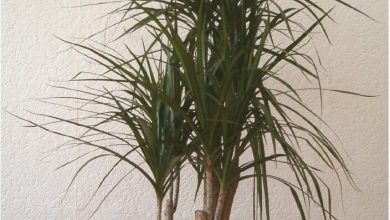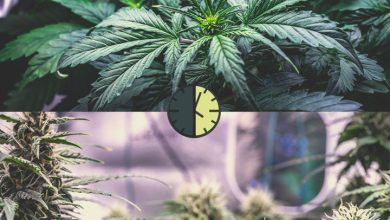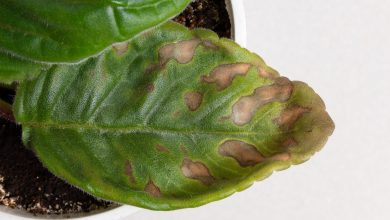Cherries from the Mountain of Alicante
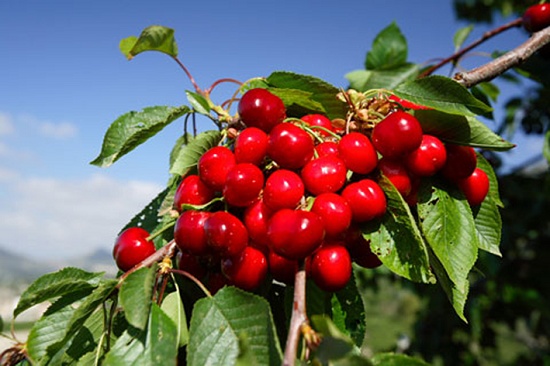
The cherry tree is a beautiful fruit tree for its flowers and much appreciated for its rich fruit, cherries. It was introduced in Spain by the Romans who created new varieties through the grafting technique. In the Muslim period in the area of Alicante and Valencia, its cultivation grew spectacularly. Today it is still a completely traditional and artisanal crop.
The geographical area where the Alicante Mountain Cherries with Protected Geographical Indication (PGI) are grown is located north of the province of Alicante and south of the province of Valencia, both belonging to the Valencian Community.
The production areas of the Alicante Mountain Cherries are located in the lands of the municipalities of Bocairent and Ontinyent in the province of Valencia and in those of Agres, Alcocer de Planes, Alcoy, Alfafara, Almudaina, Alquería de Aznar, Balones, Beneixama, Beniarrés, Benillup, Benimarfull, Biar, Cañada, Castalla, Cocentaina, Confrides, Cuatretondeta, Gaianes, Gorga, Ibi, Jijona, Lorcha, Millena, Monóvar, Muro de Alcoy, Penáguila, Pinoso, Planes, Tollos, Vall d ´Alcalá, Vall d´Ebo, Vall de Gallinera, Vall de Laguart and Villena in the province of Alicante.
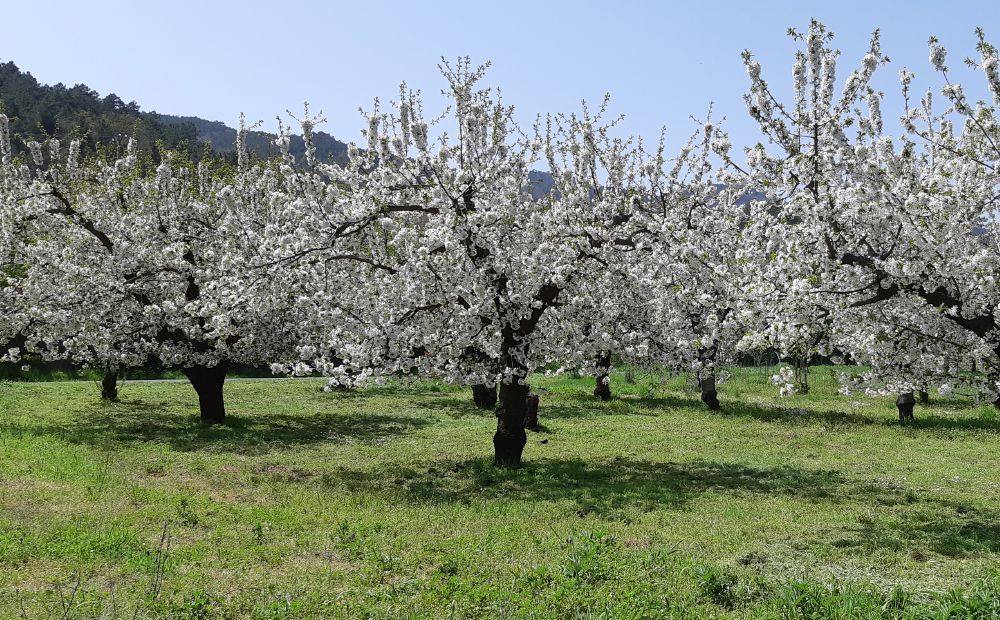
The farmland is located in the areas with the highest mountainous relief in both provinces, a large part of them in the Valle de Laguar, the Vall de Gallinera and the Vall de Ebo in Alicante. They have a Mediterranean microclimate, with abundant rainfall, cold winters and hot summers.
The mild temperatures that are around the annual average of 13 to 15°C, together with the soils with a high composition of calcium carbonate and with very little organic matter, favor the cultivation of cherry trees and their precocity in the fruit, all of which are conditions that give rise to an exceptional cherry with a delicious flavor and sweeter than the rest.
Main varieties of cherries (PGI)
The fruits of the main cherry varieties come from Prunus avium, L, Prunus cesarum, L, as well as their hybrids and are: Burlat, Early Lory, Prime Giant, Brooks, Stark Hardy Geant, Bing, Van, Picota Ambrunesa and Sweart. Heart.
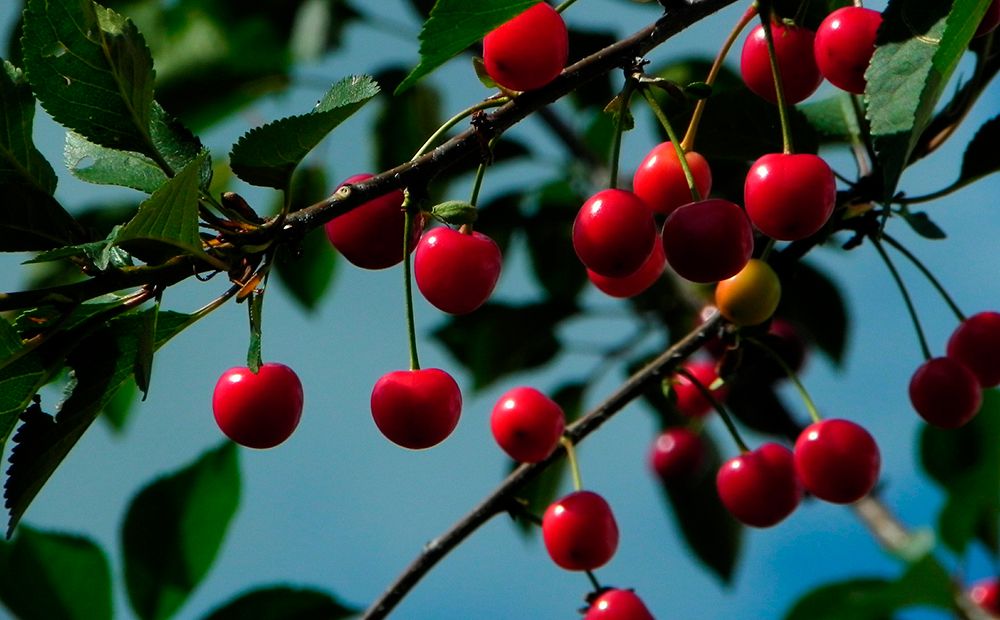
All the varieties of Cherries from the Mountain of Alicante with (PGI), to be marketed, must belong to the “Extra” and “First” category.
Its completely manual harvesting begins from mid-April to the end of July, which is when it reaches the most optimal degree of maturity. Once collected, it is moved to the conditioning and packaging area that coincides with the production area. They are classified by size and color, so that the containers are as uniform as possible, and each container must have the same origin, quality and variety, for subsequent marketing.
Benefits of eating cherries
Cherries are very healthy and nutritious. They contain vitamin C and antioxidants such as bio-flavonoids. They prevent against cancer due to their ellagic acid content, since this blocks the reproduction of cancer cells.
They help to fall asleep due to their melatonin content. They are rich in minerals such as magnesium, potassium and iron, they also contain fiber and folic acid. They are very low in calories and low in sugar, making them ideal for people following a low-calorie diet, including those with diabetes.
With cherries you can make delicious recipes, cakes, biscuits, milkshakes, juices, jams, ice creams, liqueurs, etc. They are also used to make sauces and accompany meat dishes, such as sirloins, cheeks, loins…

Since 1991, the Alicante Mountain Cherries have enjoyed the Protected Geographical Indication (IGP) seal, which guarantees both quality and origin.
The Regulatory Council is responsible for ensuring that all the necessary requirements to enjoy this seal are met, as well as ensuring that many production and harvesting methods are sustainable, a value that is undoubtedly increasingly necessary in agriculture and that in the case of Las Cerezas de la Montaña de Alicante, have been carried out for a long time.

